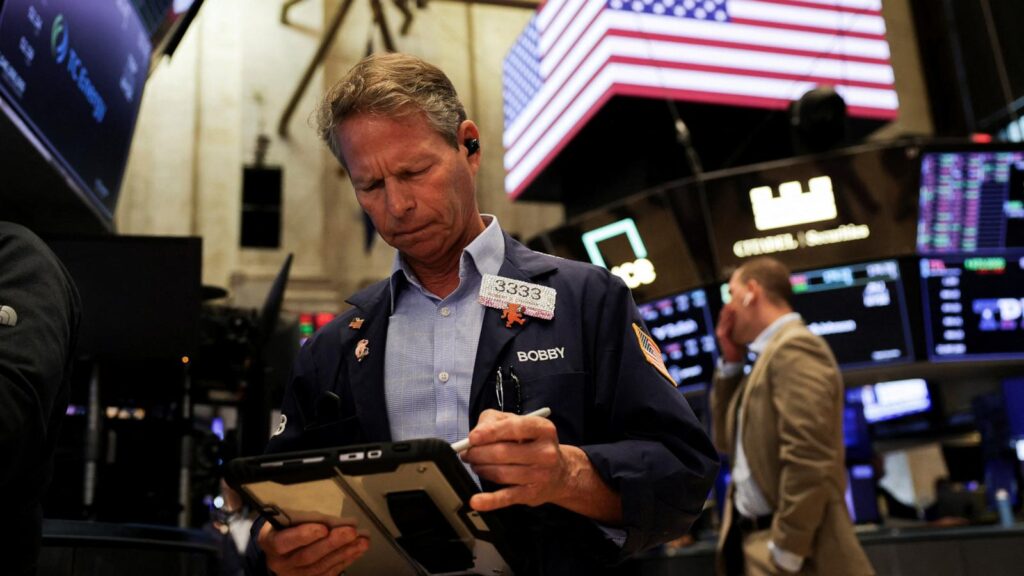U.S. stocks inched higher on Tuesday even as Washington moved closer to a government shutdown that could weigh on the nation’s fragile economy.
The Dow Jones Industrial Average rose 81 points, or 0.1%. The S&P 500 gained 0.4%, while the Nasdaq Composite added 0.3%. Investors appeared cautious, with trading volume muted ahead of the midnight funding deadline.
Government shutdown economy risks
Congressional leaders met with President Donald Trump on Monday in a last-ditch attempt to avoid a shutdown, but talks ended without a breakthrough. Unless lawmakers reach a deal, much of the federal government will close late Tuesday.
A shutdown is not new to Washington — since 1977, there have been 20 funding lapses. Most have lasted just over a week. But economists warn that this one comes at a delicate moment: hiring is slowing, inflation remains elevated, and consumer confidence is already under pressure.
Best Personal Loan 2025: Unlock Financial Freedom with Quicken Loans

Possible hit to growth
The impact of a short shutdown is usually modest, caused mainly by furloughed workers losing pay and spending less. But this time, analysts say the fragile economy leaves little room for error.
“Each week of a shutdown would trim about 0.1% from quarterly GDP growth,” said Mark Zandi, chief economist at Moody’s Analytics. The U.S. economy grew at an annualized pace of just 1.8% in the first half of 2025, meaning several weeks of disruption could make a dent in overall growth.
Market outlook and policy challenges
Another concern is the loss of key government data. The Labor Department’s monthly jobs report, due Friday, would be delayed if a shutdown begins. Economists say that would complicate decision-making at the Federal Reserve, which cut interest rates earlier this month to support a cooling labor market.
Fed Chair Jerome Powell has emphasized that inflation risks remain, even as job growth slows. Without federal data, central bankers would need to rely more heavily on private sector reports, which can be less consistent.
“Uncertainty around the path of inflation remains high,” Powell said earlier this month.
A look back at past shutdowns
History suggests lawmakers typically resolve shutdowns quickly. The average length has been eight days, according to Bank of America Institute. But the last major standoff, in 2018 during Trump’s first term, dragged on for 35 days — the longest in U.S. history.
With political gridlock deepening and the economy already showing signs of strain, Wall Street will be watching closely to see if this shutdown becomes another outlier.






